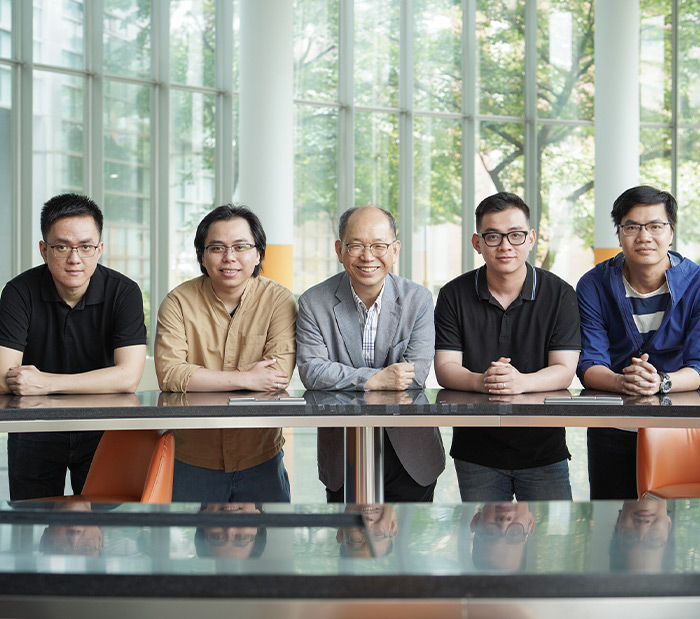Research Stories
Developing a Deep Learning System for the Detection of Motorbike Helmet Law Violations
The laboratory led by Prof. Jae Wook JEON developed a new Deep Learning technology that detects violations of motorbike helmet-related laws using traffic surveillance cameras. Semiconductor Systems Engineering Prof. JEON, JAE WOOK
Semiconductor Systems Engineering
Prof.
JEON, JAE WOOK
The use of video surveillance to implement automated detection systems for motorcycle helmet usage has the potential to significantly improve the efficacy of educational and enforcement efforts, which will contribute to increase road safety. Even though these systems might offer some benefits, there are other features of the currently used detection methods that still need to be improved. For instance, the technologies that are now in use frequently require additional assistance to localize specific motorcycles within the field of view precisely, and they may not be able to discern between drivers and passengers regarding the use of helmets.
FIGURE 1: Detecting Violation of Helmet Rule for Motorcyclists
To promote the research and development of such systems, the AI City Challenge provided Detecting Violation of Helmet Rule for Motorcyclists Competition (Track 5) for the first time in its 7th edition in June 2023, in Vancouver, Canada. The challenge was a part of Computer Vision and Pattern Recognition (CVPR), the leading annual academic conference in the field of artificial intelligence and computer vision. Each participant was to build a system that could determine whether individual motorcycle riders were wearing helmets within 5 months.
FIGURE 2: The pipeline of the framework
A research team led by Professor Jae Wook Jeon competed with 38 other teams worldwide and won the competition with 1st place. The team was able to achieve the highest detection score by developing a two-step artificial intelligence technology. This system first finds the position of many motorcycles and the riders of those motorcycles, then determines whether the riders of each motorcycle are wearing helmets.
FIGURE 3: The diagram of data conversion for training both steps.
With this success, the technological expertise of Professor Jae Wook Jeon's team can be showcased to the worldwide research community, and the technology that was produced is anticipate to be utilized extensively in the development of future intelligent traffic surveillance systems.
Along with automatic detection of regulation violators, many problems such as lane detection, crossroad and joint detection, signal and sign detection, automatic parking, and recognition of surroundings must be solved for future smart cities. Professor Jae Wook Jeon’s team will continue research in the area of intelligent image processing in order to make dreams come true.
FIGURE 4: Visualization of results. Various scenes have different outside environments.


